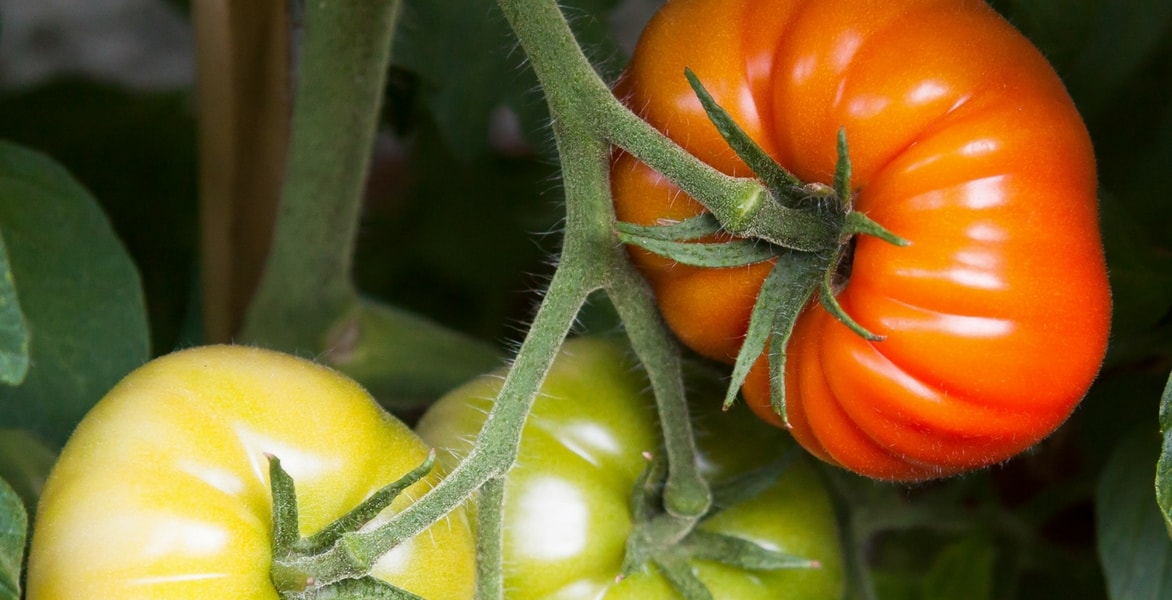
Watering tomatoes: how to do it?
What frequency, quantity, and methods should be used to water tomatoes?
Contents
Watering tomatoes is a topic that often raises questions in the vegetable garden. Indeed, it is a fruit vegetable known to be thirsty for water but sensitive to humid conditions, which can lead to the dreaded Blight and other fungal diseases.
So, how should you water tomatoes? When and at what frequency? What is the best method: watering can, plastic bottle technique, or a drip irrigation system? What precautions should be taken? Is it really necessary to water tomatoes? And if so, when should you stop?
Here are all the answers to these questions, along with many tips for properly watering your tomatoes.
What water to use for watering tomatoes? In what quantity?
We cannot emphasise enough: the best water for watering is rainwater. Stored at room temperature, it does not cause thermal shock to plants.
In theory, it is recommended to water tomatoes with 1 litre of water per day. This figure, indicative, should of course be adjusted based on several factors:
- The development stage of the plant: water needs increase until fruit formation, then stabilise during ripening. A recently planted tomato does not require a large amount of water to develop. Overwatering at this stage could cause it to rot or, especially if this watering is combined with a massive supply of nitrogen fertiliser, lead to too rapid growth, making it more fragile.
- The climate, outdoor temperatures, and cultivation method (in pots, in soil, outdoors, or under cover): the hotter it is, the more significant the evaporation phenomenon, and the more your tomatoes will need to be watered. Under a greenhouse or tunnel, temperatures can rise very quickly and easily reach 50 °C. In pots, the soil temperature can also rise very quickly.
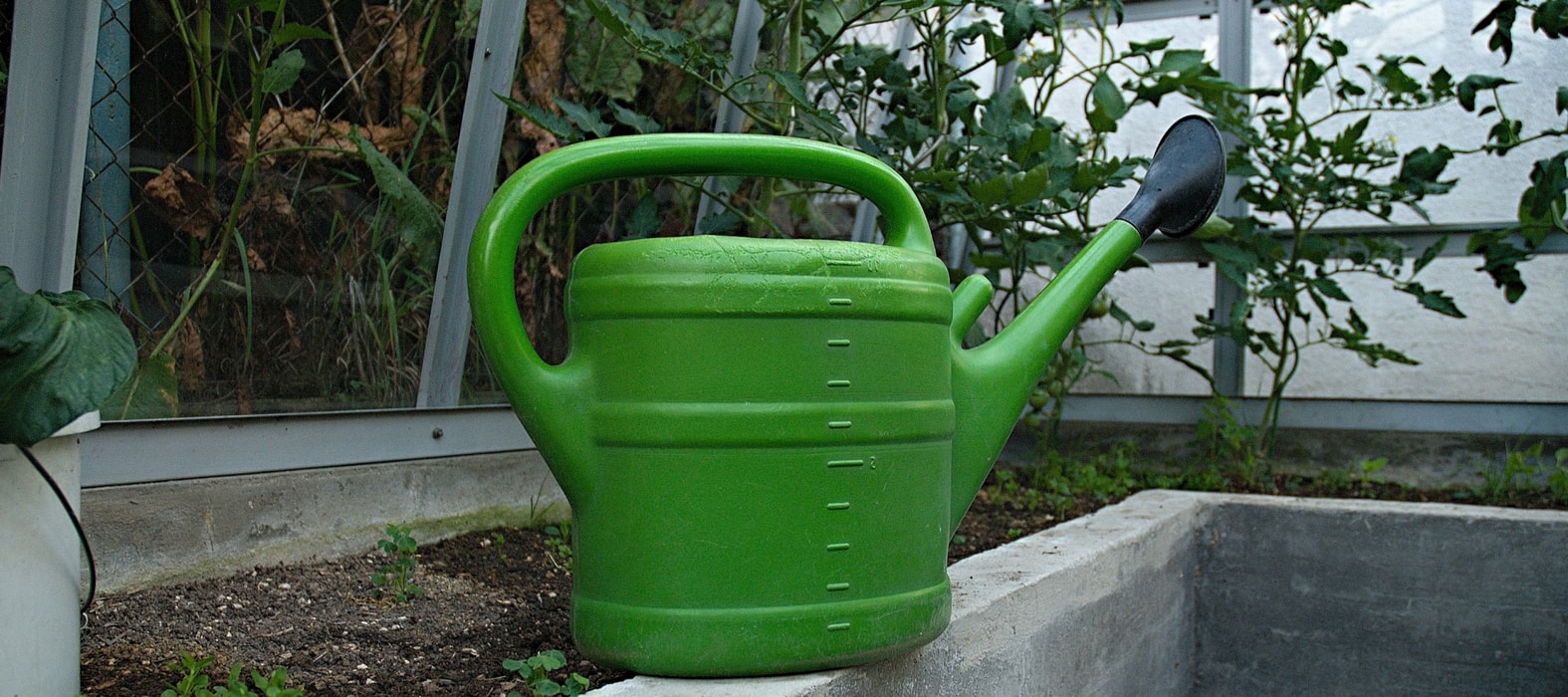 Under cover, tomatoes are subjected to high temperatures: adjust watering accordingly
Under cover, tomatoes are subjected to high temperatures: adjust watering accordingly
- The nature of the soil also has a significant impact: clay soils and rich, humus-bearing soils retain moisture longer than poorer, sandy, draining soils.
- The varieties grown: small-fruited tomatoes, such as cherry types, will require less water to form their fruits compared to larger varieties.
What to remember: water moderately, taking into account the size of your plants, growing conditions, and rainfall. Do not overwater to encourage the root system to develop deeply. Consider mulching the soil to retain moisture.
When and how often should you water tomatoes?
The best time to water tomatoes is in the morning, early on. You can also water in the evening, but it’s a bit riskier: if the foliage is wet, it will dry more slowly than during the day, which increases the risk of downy mildew.
There is only one golden rule regarding watering frequency: regularity.
Indeed, watering too randomly, disorderly, too much or not enough, and in excessive quantities causes water stress that leads to physiological manifestations such as blossom end rot, fruit splitting, and also leaf curling (to learn more about these phenomena, visit our advice sheet “Tomatoes: downy mildew, other diseases and pests”).
Watering well does not necessarily mean watering very frequently, but rather at a regular rhythm, which could be once every three days or four days, or even, under very favourable conditions, every 15 days!
If you are growing your tomatoes in pots or containers, the substrate dries out very quickly, so watering must be even more regular to prevent the compost from drying out completely. Otherwise, you would encounter many difficulties in rehydrating it.
What to remember: water when it is still cool, choose a rhythm and stick to it to avoid stressing your plants. If this seems complicated, consider a drip irrigation system.
Discover other Tomato seeds
View all →Available in 1 sizes
Available in 1 sizes
Available in 1 sizes
Available in 1 sizes
Available in 1 sizes
Available in 1 sizes
Available in 1 sizes
Available in 1 sizes
Available in 1 sizes
Available in 1 sizes
How to water tomatoes properly?
- The watering can: a classic yet effective method for watering tomatoes
The simplest way is to water your tomatoes manually, using a watering can, gently and carefully to never wet the foliage. To do this, feel free to remove the lower leaves (see our advice sheet “Tomato pruning and management”).
Water with the rose, at the base of the plant but also around (especially if you planted your young plants lying down during planting) so that the entire root system of your tomatoes can benefit from the water.
You can also water directly using a hose, but this method is less practical as you will often struggle to assess the amount of water distributed.
- Automatic drip irrigation: well-suited for tomatoes
Nothing is more regular than drip irrigation. This method is therefore perfectly suited for growing tomatoes and even allows for a few days away. Sold in kits, easy to install, these systems can be connected either:
– to a tap,
– to a water tank placed high so that gravity creates sufficient pressure.
The only drawback of drip irrigation is that generally only one dripper is placed at the base of the plant. Therefore, watering is very localized, which does not encourage the roots to spread underground.
Read also: How to install automatic watering on a balcony or terrace?
- The bottle technique and other tips and tricks for watering tomatoes
One of the best-known tricks is the water bottle. You can choose between these two variants:
– cut off the bottom, pierce the cap with small holes, turn the bottle upside down and push it into the soil, then fill it
– pierce the bottle with small holes, bury it in the soil and fill it
In the same spirit, you can also use ollas or, on the same principle, bury large unglazed clay pots that you will cover with a saucer to limit evaporation and also to prevent any small creatures from drowning in it. Once filled, they will slowly diffuse water all around and deep into the soil.
What to remember : the simplest method is to use a watering can and irrigate quite broadly around the base, without wetting the foliage. Drip irrigation systems are particularly well-suited for watering tomatoes.
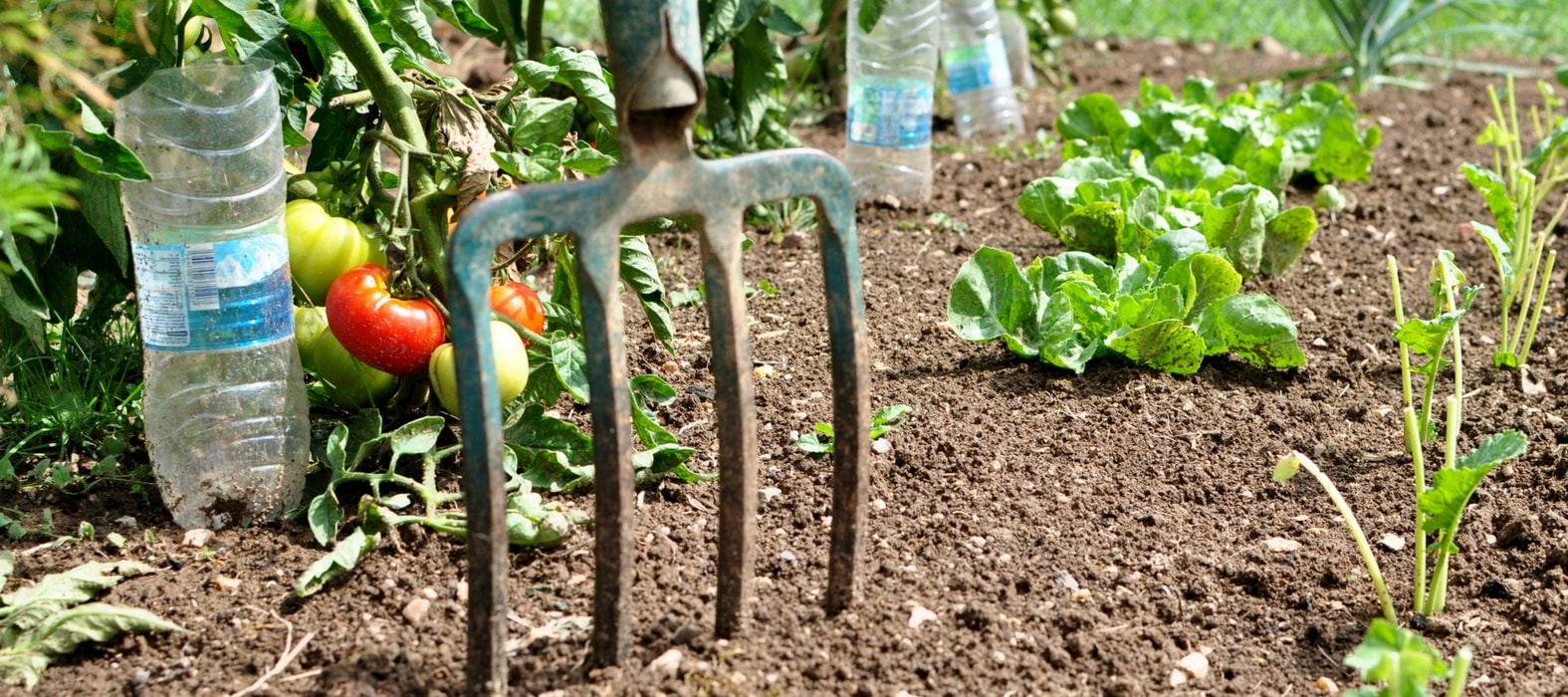
Watering tomatoes: the water bottle trick
- Subscribe!
- Contents































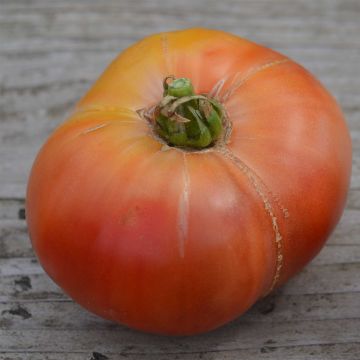
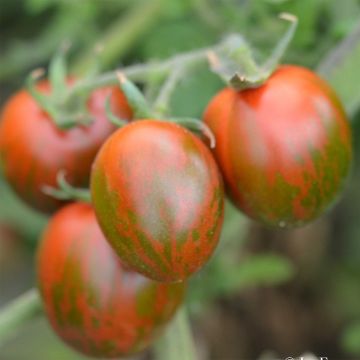
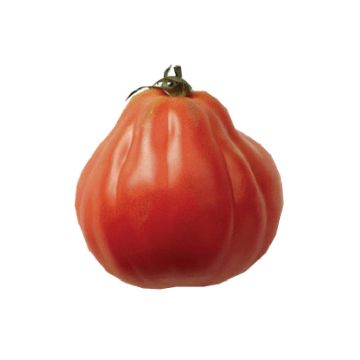
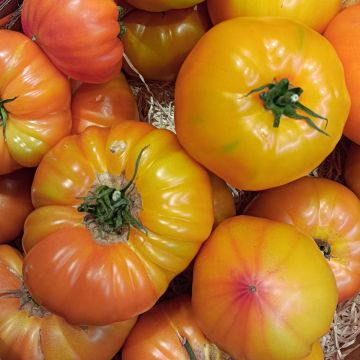
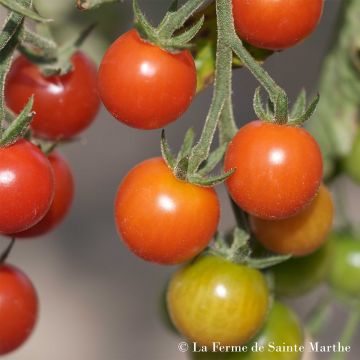
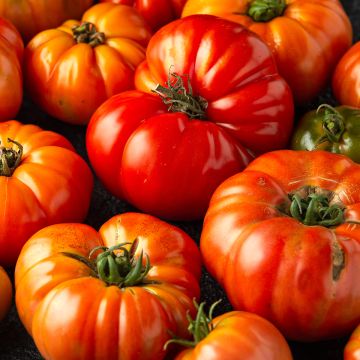

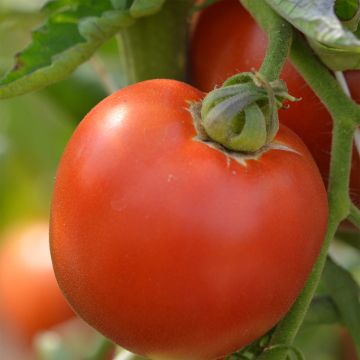
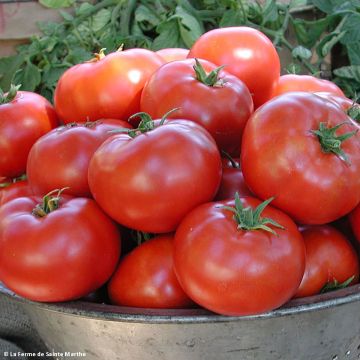
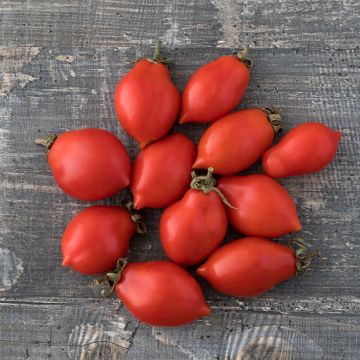
Comments